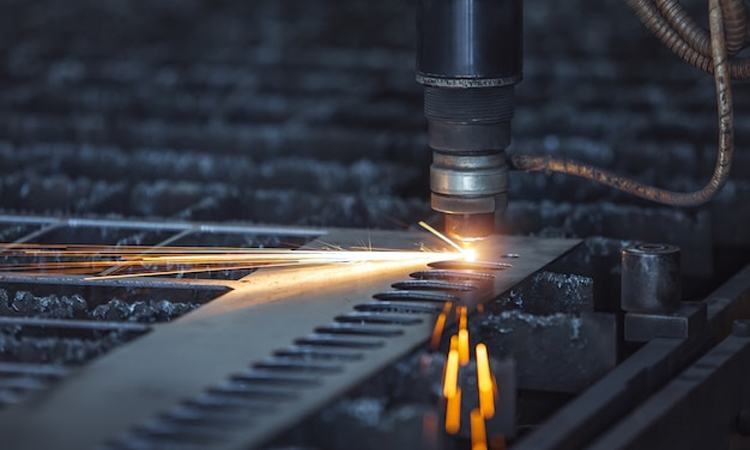Metal cutting industry is at the forefront of technological transformation, driven by the rising demand for precision, efficiency, and sustainability across sectors such as automotive, aerospace, construction, and medical devices. As global manufacturing evolves, several emerging trends are shaping the future of the metal cutting industry, promising increased productivity, improved quality, and reduced environmental impact.
Automation and Smart Manufacturing
The integration of automation and smart technologies in metal cutting is revolutionizing the industry. Computer Numerical Control (CNC) machines equipped with Internet of Things (IoT) sensors and artificial intelligence (AI) capabilities enable real-time monitoring, predictive maintenance, and adaptive machining. These innovations minimize downtime, optimize tool usage, and ensure consistent quality, making production processes more efficient.
Advancements in Tooling Materials
Cutting tools are becoming more sophisticated with the use of advanced materials such as polycrystalline diamond (PCD), ceramics, and carbide composites. These materials improve tool life and enable machining of hard-to-cut materials like titanium and Inconel, widely used in aerospace and medical applications. Coatings such as titanium aluminum nitride (TiAlN) further enhance performance by reducing heat and wear.
Sustainability in Metal Cutting
Sustainability is a growing focus for the metal cutting industry. Companies are adopting environmentally friendly practices, such as using biodegradable lubricants and coolants, implementing energy-efficient machines, and recycling metal waste. Sustainable manufacturing not only reduces environmental impact but also meets regulatory compliance and customer expectations for greener production methods.
3D Printing Integration
The integration of additive manufacturing (3D printing) with traditional metal cutting is unlocking new possibilities. Hybrid manufacturing systems that combine both techniques allow for the creation of complex geometries and customization with high precision. For instance, 3D printing can be used to produce near-net shapes, which are then finished using precision metal cutting techniques.
Rise of Multi-Tasking Machines
Multi-tasking machines that combine milling, turning, drilling, and grinding are gaining popularity. These machines reduce setup times, eliminate multiple handling processes, and improve overall productivity. With capabilities to handle diverse machining operations in one setup, multi-tasking machines are ideal for industries requiring high-mix, low-volume production.
Digital Twins and Simulation
The use of digital twins and simulation tools in the metal cutting industry is enhancing process optimization. By creating virtual replicas of machining processes, manufacturers can simulate and analyze operations before actual production. This reduces trial-and-error costs, improves accuracy, and accelerates time-to-market.
AI and Machine Learning
AI and machine learning algorithms are being employed to analyze machining data and improve decision-making. These technologies help in identifying patterns, predicting tool wear, and suggesting optimal machining parameters. As AI continues to evolve, its role in achieving autonomous machining will become more pronounced.
Focus on Micromachining
The demand for micromachining is growing in industries such as electronics and medical devices. Advances in tool design and machine capabilities are enabling the production of miniature components with intricate details and high precision, essential for next-generation products.
The future of the metal cutting industry lies in the seamless integration of technology, sustainability, and innovation. With advancements in automation, tooling, and hybrid manufacturing, the industry is poised to meet the challenges of modern manufacturing while maintaining efficiency and environmental responsibility. These trends will continue to redefine the capabilities and applications of metal cutting, ensuring its critical role in global production ecosystems.
Image courtesy : Design by Freepik



